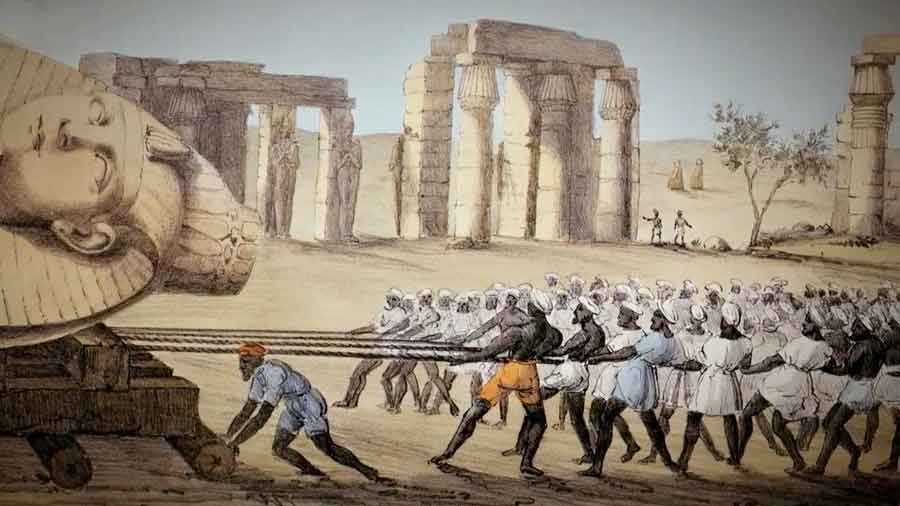Archaeology – A Secret History episode 2 : Archaeologist Richard Miles shows how discoveries in the 18th and 19th centuries overturned ideas of when and where civilisation began as empires competed to literally ‘own’ the past.
Archaeologist Richard Miles presents a series charting the history of the breakthroughs and watersheds in our long quest to understand our ancient past.
Archaeology – A Secret History episode 2 – In the Beginning
Archaeology is the study of human activity through the recovery and analysis of material culture. The archaeological record consists of artifacts, architecture, biofacts or ecofacts and cultural landscapes. Archaeology can be considered both a social science and a branch of the humanities. In Europe it is often viewed as either a discipline in its own right or a sub-field of other disciplines, while in North America archaeology is a sub-field of anthropology.
Archaeologists study human prehistory and history, from the development of the first stone tools at Lomekwi in East Africa 3.3 million years ago up until recent decades. Archaeology is distinct from palaeontology, which is the study of fossil remains. It is particularly important for learning about prehistoric societies, for whom there may be no written records to study. Prehistory includes over 99% of the human past, from the Paleolithic until the advent of literacy in societies across the world. Archaeology has various goals, which range from understanding culture history to reconstructing past lifeways to documenting and explaining changes in human societies through time.
Cradle of civilization
A cradle of civilization is a location where civilization is understood to have emerged. Current thinking is that there was no single “cradle”, but several civilizations that developed independently, with the Fertile Crescent (Ancient Egypt, Mesopotamia), Ancient India, and Ancient China understood to be the earliest. The extent to which there was significant influence between the early civilizations of the Near East and those of East Asia (Far East) is disputed. Scholars accept that the civilizations of Mesoamerica, mainly in modern Mexico, and Norte Chico, in the north-central coastal region of Peru, emerged independently from those in Eurasia.
Scholars have defined civilization using various criteria such as the use of writing, cities, a class-based society, agriculture, animal husbandry, public buildings, metallurgy, and monumental architecture. The term cradle of civilization has frequently been applied to a variety of cultures and areas, in particular the Ancient Near Eastern Chalcolithic (Ubaid period) and Fertile Crescent, Ancient India and Ancient China. It has also been applied to ancient Anatolia, the Levant and Iranian plateau, and used to refer to culture predecessors—such as Ancient Greece as the predecessor of Western civilization – even when such sites are not understood as an independent development of civilization, as well as within national rhetoric.




